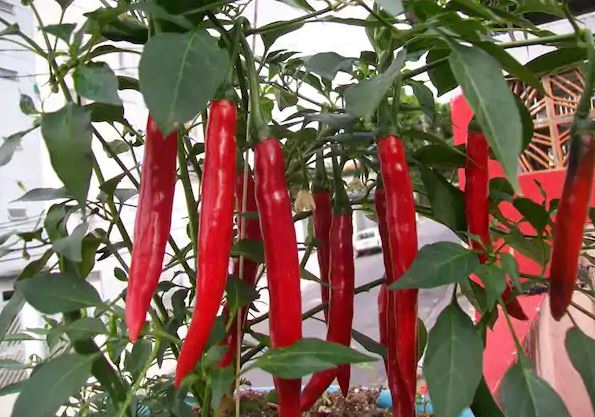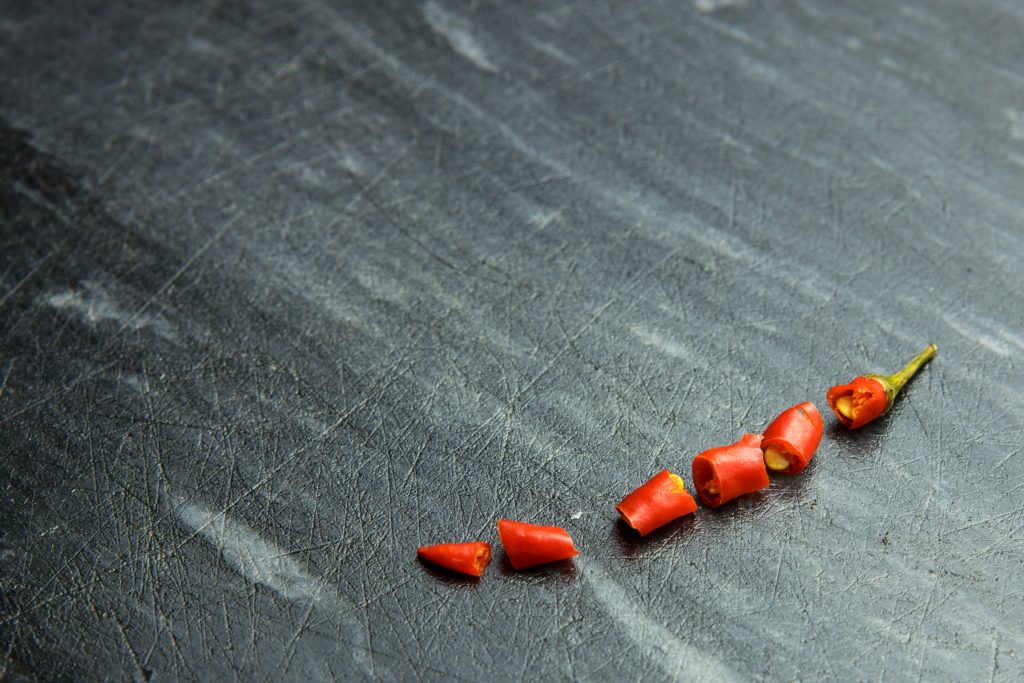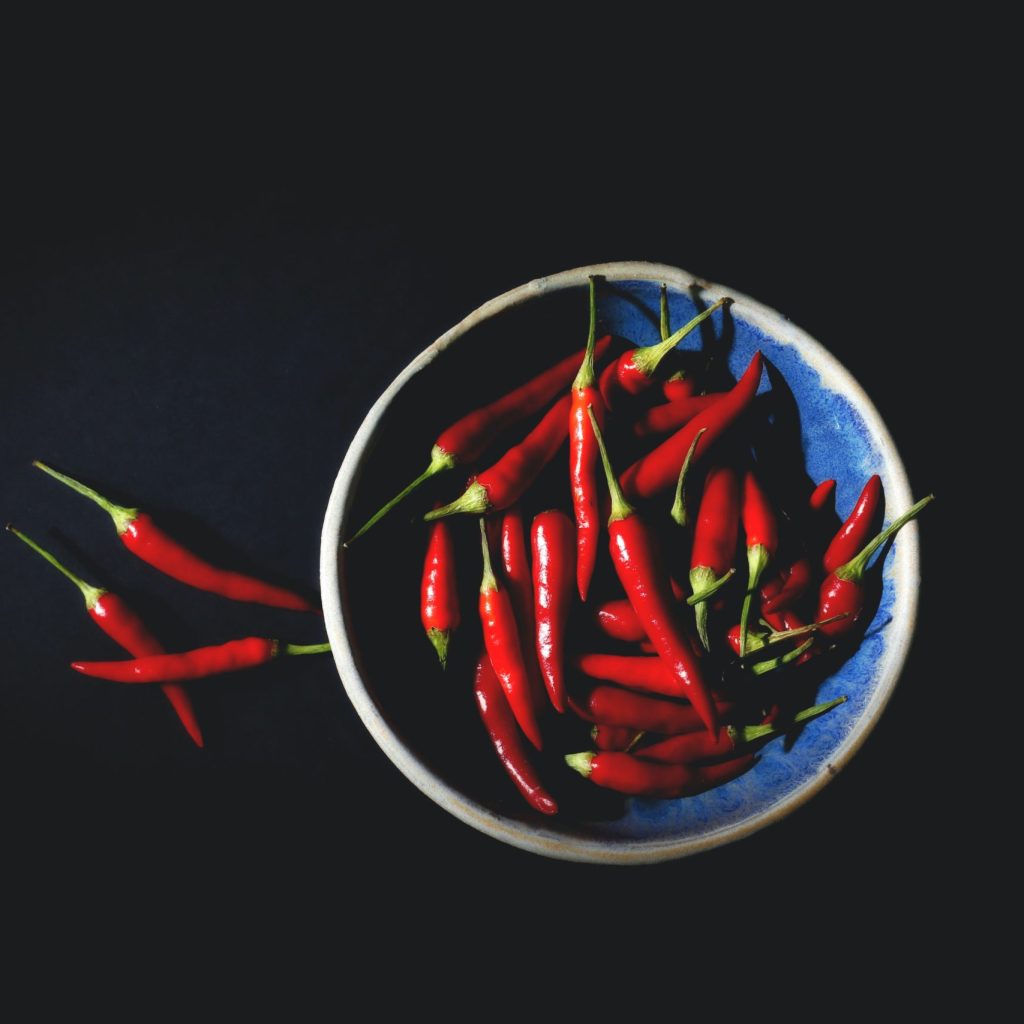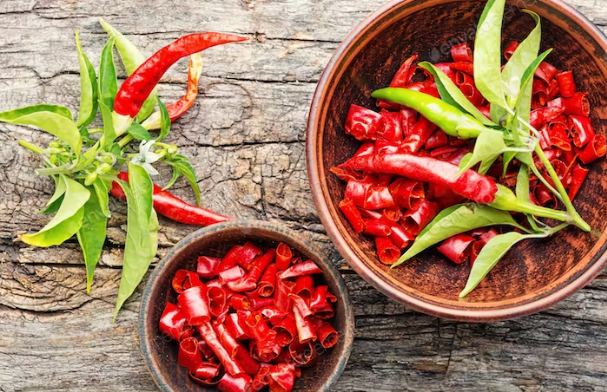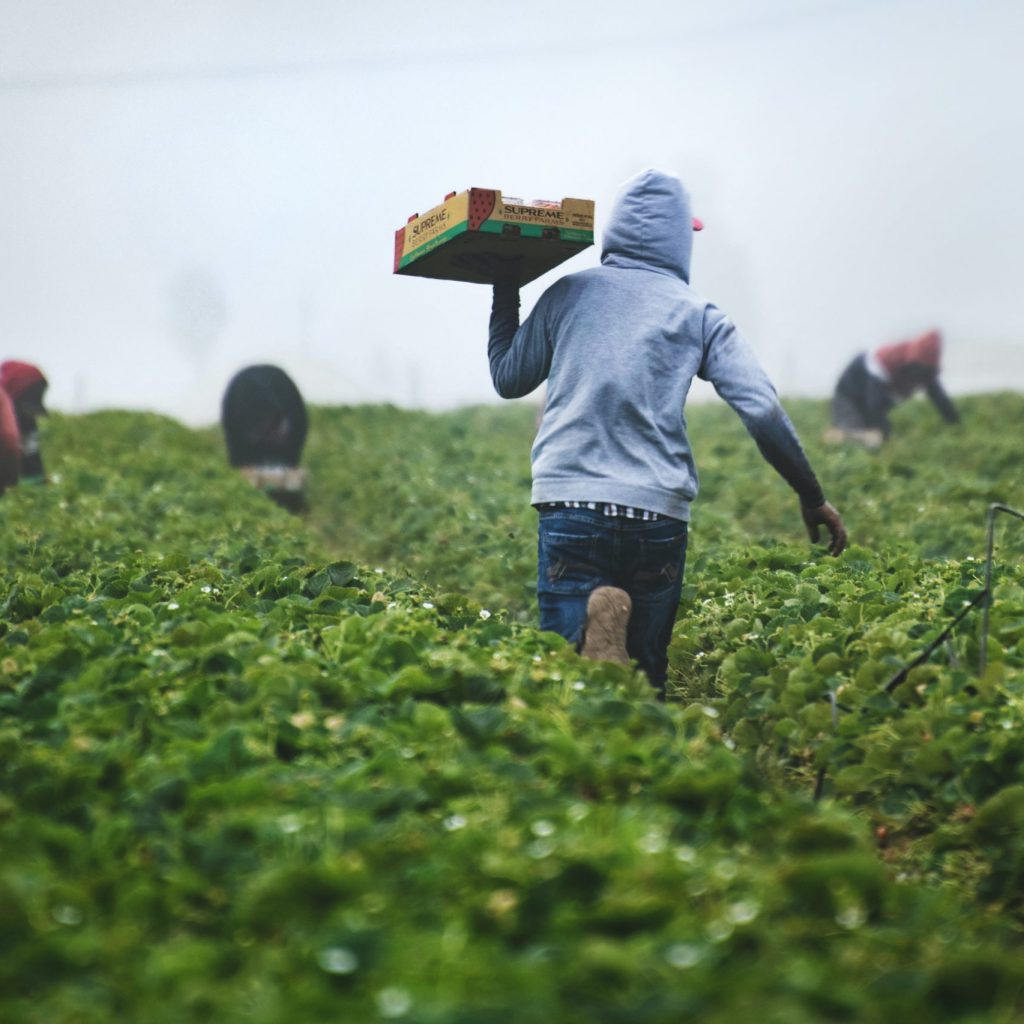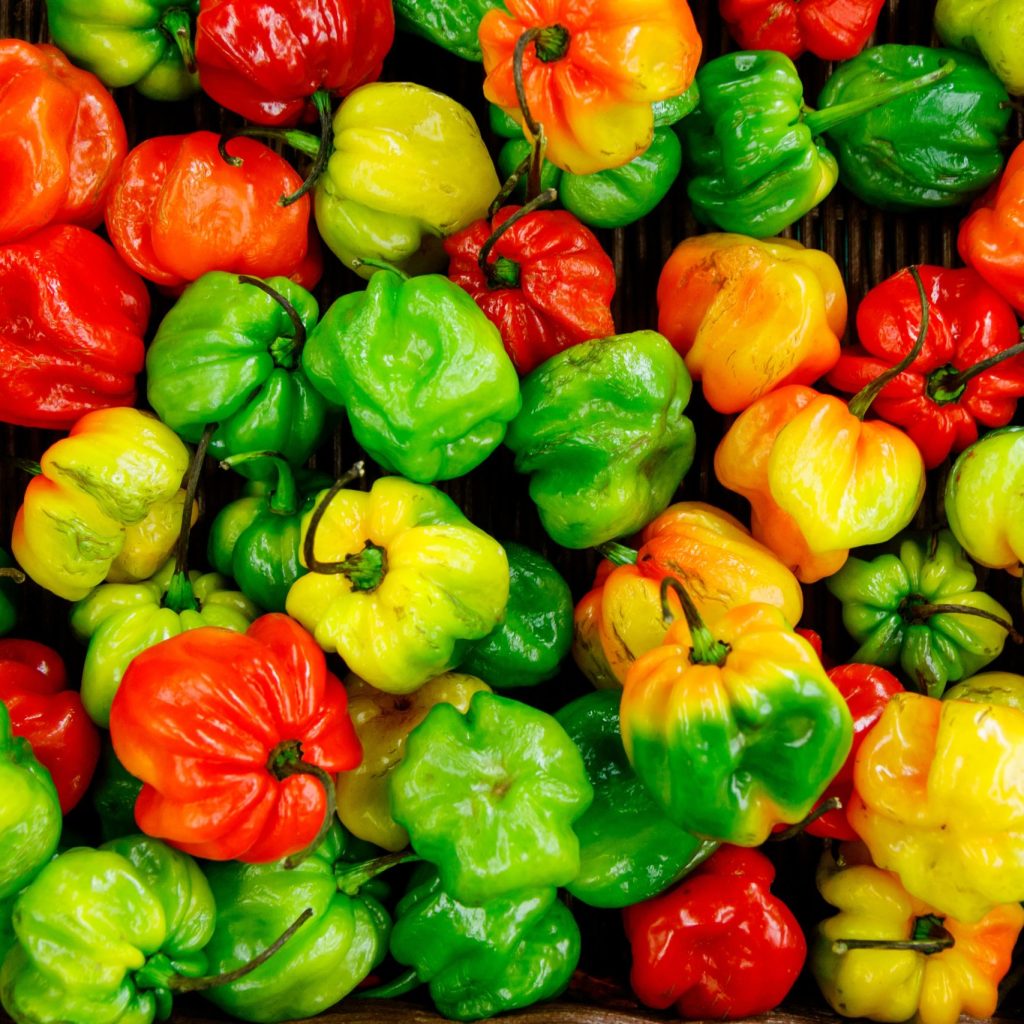Understanding the Origin of Red Cayenne Pepper
The Historical Roots of Red Cayenne Pepper
Red Cayenne pepper, also known as Capsicum annuum, is a fiery spice that has been a staple in the culinary world for centuries. Its origin can be traced back to South and Central America, where it was first cultivated by ancient civilizations. The pepper gets its name from the city of Cayenne in French Guiana, which was a major trading hub for spices during colonial times.
The use of red Cayenne pepper in cooking dates back to the indigenous peoples of the Americas, who recognized its flavor-enhancing properties and medicinal benefits. They incorporated it into various dishes to add a spicy kick and to preserve food. The Mayans, Aztecs, and Incas were known to cultivate and consume this fiery pepper in their daily cuisine.
Exploring the Journey of Red Cayenne Pepper
With the arrival of Christopher Columbus in the Americas in the 15th century, red Cayenne pepper found its way to Europe and quickly became popular among spice traders. It was highly sought after for its intense heat and distinctive flavor, which added a new dimension to European cuisine.
The cultivation of red Cayenne pepper spread rapidly across the globe through trade routes established during the Age of Exploration. It found its way to Asia, Africa, and other parts of the world, adapting to different climates and giving rise to regional variations. Today, it is cultivated in many countries, with India being one of the largest producers.
Red Cayenne Pepper in Modern Gastronomy
Red Cayenne pepper continues to be a key ingredient in many cuisines around the world. Its fiery heat and pungent aroma make it a favorite among spice enthusiasts and professional chefs alike. It is used in a variety of dishes, including sauces, marinades, soups, and stews.
Besides its culinary uses, red Cayenne pepper has also gained recognition for its health benefits. It contains a compound called capsaicin, which is known to have anti-inflammatory and pain-relieving properties. Additionally, studies suggest that it may boost metabolism and aid in weight loss.
Whether you’re a fan of spicy foods or simply curious about exploring different flavors, red Cayenne pepper offers a rich history and an exciting journey through time and cultures. Its ability to add heat and depth to dishes continues to captivate taste buds worldwide, making it a prized ingredient in the spicy world of cuisine.
The Health Benefits Behind Red Cayenne Pepper
Red cayenne pepper, also known as Capsicum annuum, is a fiery spice that adds a punch of heat to dishes. But did you know that this small chili pepper also comes with a range of health benefits? In this article, we will delve into the various ways red cayenne pepper can positively impact your well-being.
Soothing Digestive Issues
One of the notable benefits of red cayenne pepper lies in its ability to support digestive health. The compound responsible for its heat, capsaicin, stimulates the production of stomach acids, aiding digestion. It can also help alleviate symptoms such as bloating, gas, and indigestion. Additionally, red cayenne pepper may promote better nutrient absorption in the body, contributing to overall digestive efficiency.
Promoting Weight Loss
If you’re looking to shed some extra pounds, incorporating red cayenne pepper into your diet may be a wise choice. Studies suggest that it can boost metabolism and increase calorie burning. The heat generated by consuming red cayenne pepper can temporarily raise body temperature and promote thermogenesis, which helps burn fat. This spicy ingredient may also reduce appetite, preventing overeating and supporting weight management efforts.
Boosting Cardiovascular Health
Red cayenne pepper contains certain compounds that have been linked to improved cardiovascular health. Capsaicin can help reduce cholesterol levels and decrease the risk of heart disease by improving blood circulation and preventing the formation of blood clots. Moreover, red cayenne pepper has antioxidant properties that protect the heart from damage caused by oxidative stress.
In conclusion, red cayenne pepper offers more than just a fiery flavor. It can help soothe digestive issues, aid in weight loss goals, and promote a healthier heart. By incorporating this spice into your meals, you can not only elevate the taste but also reap the numerous health benefits it has to offer.
Growing and Harvesting Your Own Red Cayenne Pepper
Choosing the Right Planting Location
When it comes to growing your own red cayenne pepper, selecting the perfect planting location is essential. These peppers thrive in warm climates and require plenty of sunlight, so choose a spot in your garden that receives at least six to eight hours of direct sunlight each day. Additionally, ensure that the soil is well-drained and rich in organic matter. Consider planting your red cayenne peppers near other vegetables or herbs that can benefit from their natural pest-repellent properties.
Planting and Caring for Red Cayenne Pepper Seeds
To get started, begin by purchasing high-quality red cayenne pepper seeds from a reputable supplier. Start the seeds indoors four to eight weeks before the last frost date in your area. Use small containers or seedling trays filled with well-draining potting soil and plant the seeds about a quarter-inch deep. Keep the soil consistently moist but not overly saturated. Once the seedlings have developed their first set of true leaves, you can transplant them into larger pots or directly into your garden, ensuring they are spaced at least 18 to 24 inches apart.
Harvesting and Storing Your Homegrown Red Cayenne Peppers
As your red cayenne pepper plants mature, you will notice the fruits gradually changing from green to a vibrant red color. Harvesting your peppers at this stage guarantees maximum heat and flavor. Using pruners or scissors, carefully cut the peppers from the plant, making sure to leave a small stem attached. To store your harvested peppers, place them in a cool, well-ventilated area away from direct sunlight. Alternatively, you can dry them by stringing them up or using a dehydrator. Once fully dry, store the dried peppers in airtight containers for future use in your favorite spicy recipes.
Incorporating Red Cayenne Pepper into Daily Meals
Adding a Kick to Your Morning Routine
Incorporating red cayenne pepper into your daily meals can start right from the moment you wake up. If you enjoy a hearty breakfast, why not sprinkle a dash of red cayenne pepper onto your scrambled eggs or omelette? The spicy kick of the pepper will awaken your taste buds and add a burst of flavor to your morning routine. Be sure to start with a small amount and gradually increase as per your preference.
Elevating Lunchtime Delights
When it comes to incorporating red cayenne pepper into your lunchtime meals, the possibilities are endless. Whether you’re preparing a salad, soup, or sandwich, a pinch of red cayenne pepper can take your dish to a whole new level. Consider adding it to your homemade salad dressing for a zesty twist or sprinkling it over your favorite soups for an added depth of heat. Don’t be afraid to experiment and find the perfect balance of spice to suit your palate.
Spicing Up Dinner Favorites
In the evening, as you prepare dinner, red cayenne pepper can become your go-to ingredient for spicing up your favorite dishes. From stir-fries to pasta sauces, adding a touch of red cayenne pepper can bring an exciting element to your meal. It pairs well with a variety of meats and vegetables, allowing you to create bold and flavorful dishes that will impress your family and friends. Remember to adjust the amount of pepper based on your desired level of spiciness.
Preserving and Storing Red Cayenne Pepper for Maximum Freshness
Preserving Red Cayenne Pepper
Preserving red cayenne pepper is essential to maintain its freshness and flavor. Follow these simple steps to ensure your peppers stay fresh for longer:
- Harvest at the right time: Pick the red cayenne peppers when they are fully ripe. Look for vibrant red color and firm texture. Avoid picking peppers that are still green or have soft spots.
- Wash and dry: Rinse the peppers gently under cool water to remove any dirt or debris. Pat them dry with a clean towel or let them air dry completely to prevent moisture buildup.
- Remove stems and seeds: Cut off the stems of the peppers and discard them. If desired, you can also remove the seeds to reduce the heat level of the pepper.
Storing Red Cayenne Pepper
Proper storage is crucial to maintain the freshness of red cayenne pepper. Here are some effective methods for storing your peppers:
- Airtight containers: Place the cleaned and dried peppers in an airtight container, such as glass jars or plastic freezer bags. Make sure to remove excess air before sealing the containers tightly.
- Freezing: Another great way to store red cayenne pepper is by freezing them. Simply slice or chop the peppers and place them in a freezer-safe bag. Label the bag with the date and store it in the freezer for up to six months.
- Drying: Drying red cayenne pepper is an excellent option for long-term storage. Hang the peppers in a well-ventilated area with good airflow, or use a dehydrator. Once completely dried, store them in airtight containers away from moisture and light.
Using Preserved Red Cayenne Pepper
Preserved red cayenne pepper can be used in various culinary creations to add a spicy kick. Here are some ideas:
- Spice up your dishes: Add dried or powdered red cayenne pepper to soups, stews, marinades, or sauces to enhance their flavor and heat level.
- Create custom seasoning blends: Mix dried red cayenne pepper with other herbs and spices to create your own unique seasoning blends for meat, vegetables, or even popcorn.
- Infuse oils and vinegars: Combine dried red cayenne pepper with oils or vinegars to create flavorful infusions for dressings, dipping sauces, or marinades.

